This town was built on migrants’ cash. Now it fears Trump’s deportations.
In the little town of Francisco Villa, deep in central Mexico, a significant shift has taken place over the last 30 years. Almost half of the hamlet's original 3,000 residents left to head to the United States, taking their families and economic contributions with them.
Construction workers, gardeners, cooks, and nannies were the unsung heroes of this small village of adobe homes. They played a crucial role in creating a solid foundation for the community by helping set up the town's first high school. Their generous donations filled in the dirt streets, while their purchases of computers equipped modern learning technology in the classrooms.
A proposal aims to address the scenario involving over 11 million people in the United States who are living in the country without legal permission, with more than half of them being of Mexican descent.
'Trump's coming in with full force,' Chávez alerted a gathering in the village community center recently. He glanced around at familiar faces, tanned laborers sporting baseball caps, who'd just returned from the States on vacation, now having established legal residency in the US. Still, their companions and neighbors who'd come with them weren't yet residents. He asked, 'What's to be done?' 'How might our community respond?'
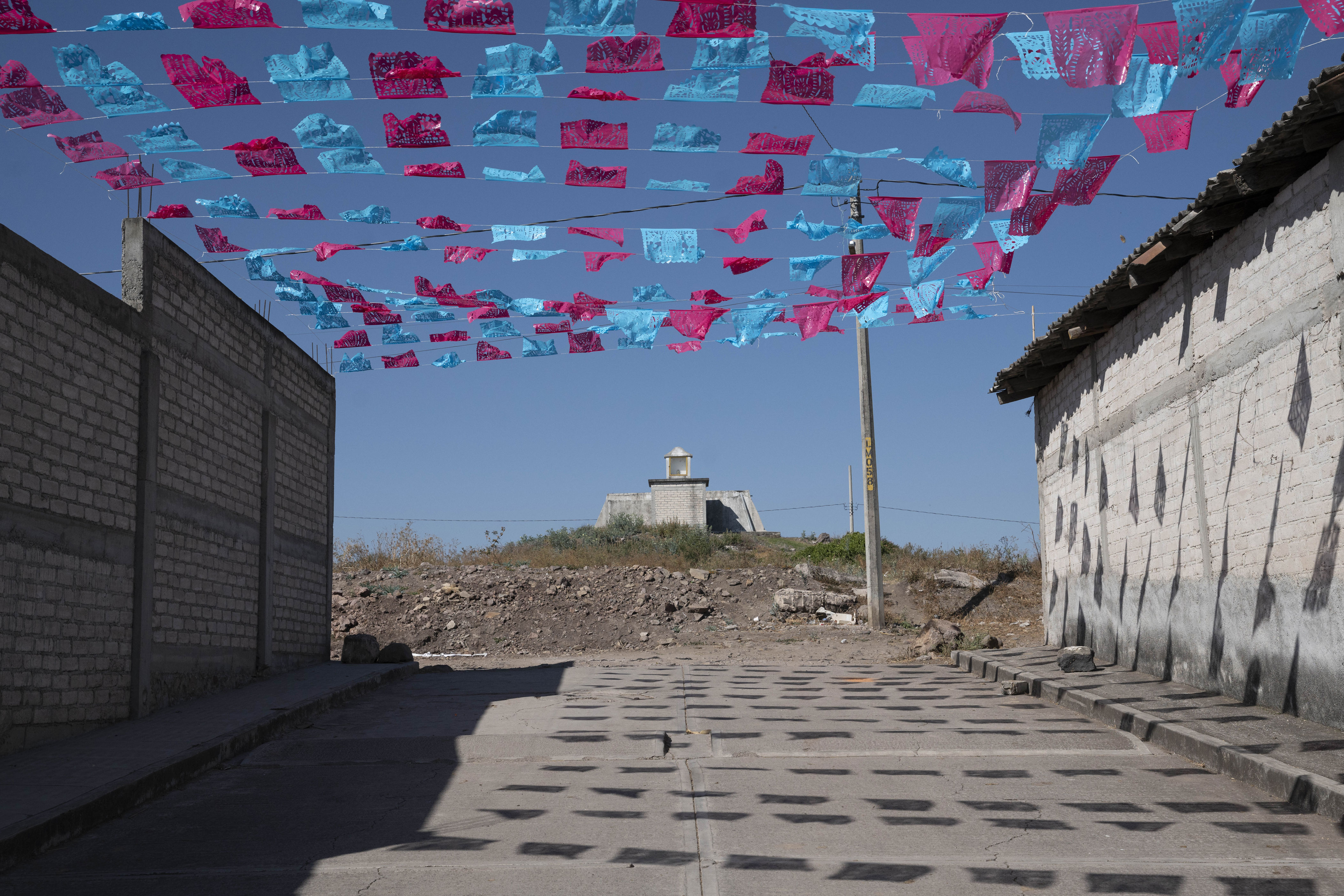
Cities of all sizes felt the strain.
For decades, a complex system has formed around immigrants from Mexico and other countries who are here without documentation. Though often viewed as undocumented workers, they play a vital role in U.S. industries like agriculture and construction. These individuals serve as a vital stimulus for growth and provide financial support to their communities back home, essentially acting as a makeshift social safety net.
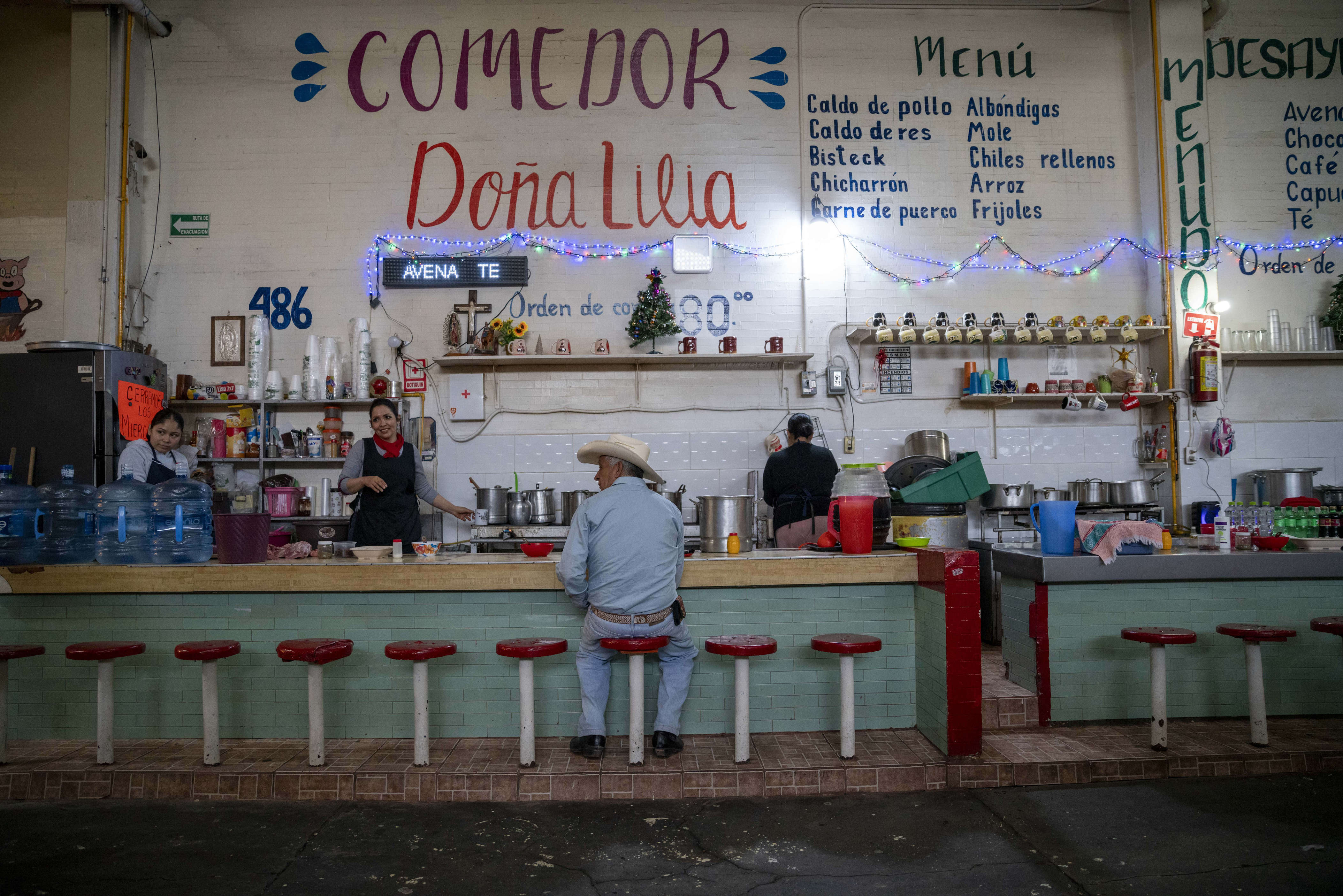
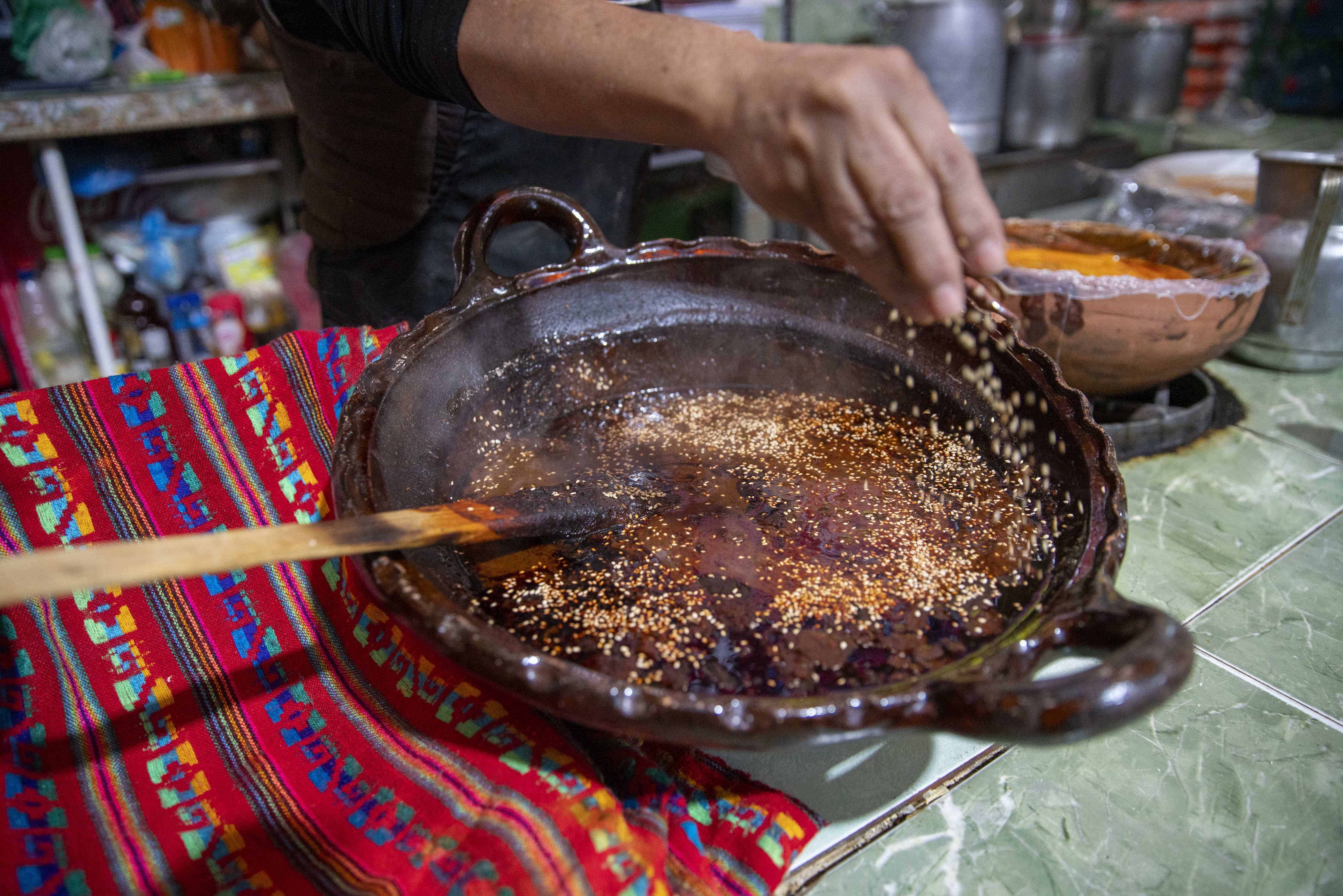
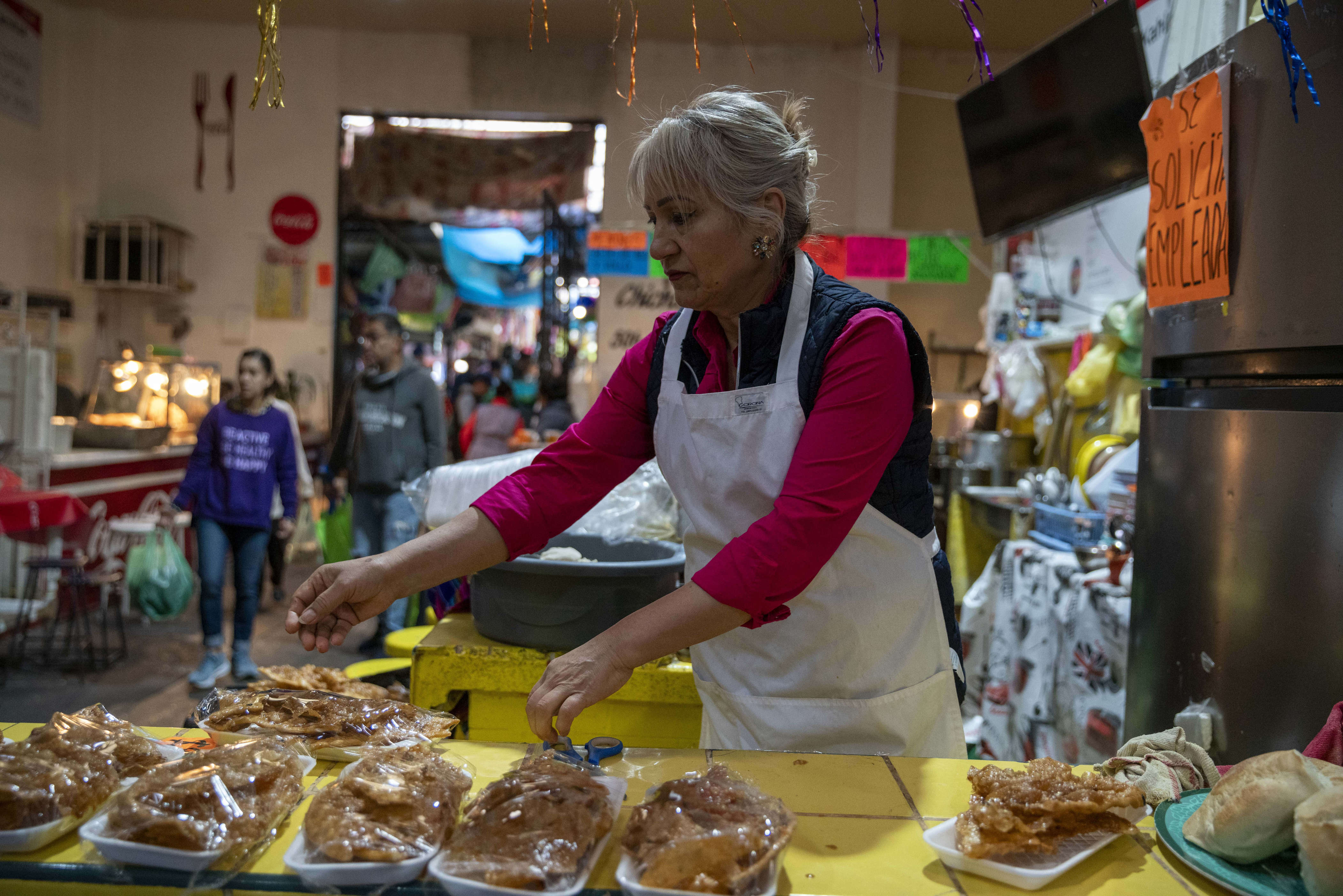
When migrants are caught up in mass deportations, they can activate an alarm that notifies the closest Mexican consulate.
“Everyone's talking about it,” said Elizabeth Villafuerte, 51, who runs a fruit stand in Francisco Villa's town square, situated among the rolling farmlands of Michoacán state. As she sprinkled chili powder into plastic cups filled with watermelon, cantaloupe, and jicama, Villafuerte sympathized with her cousin, Laura Alegria, about their relatives who live illegally in Oregon.
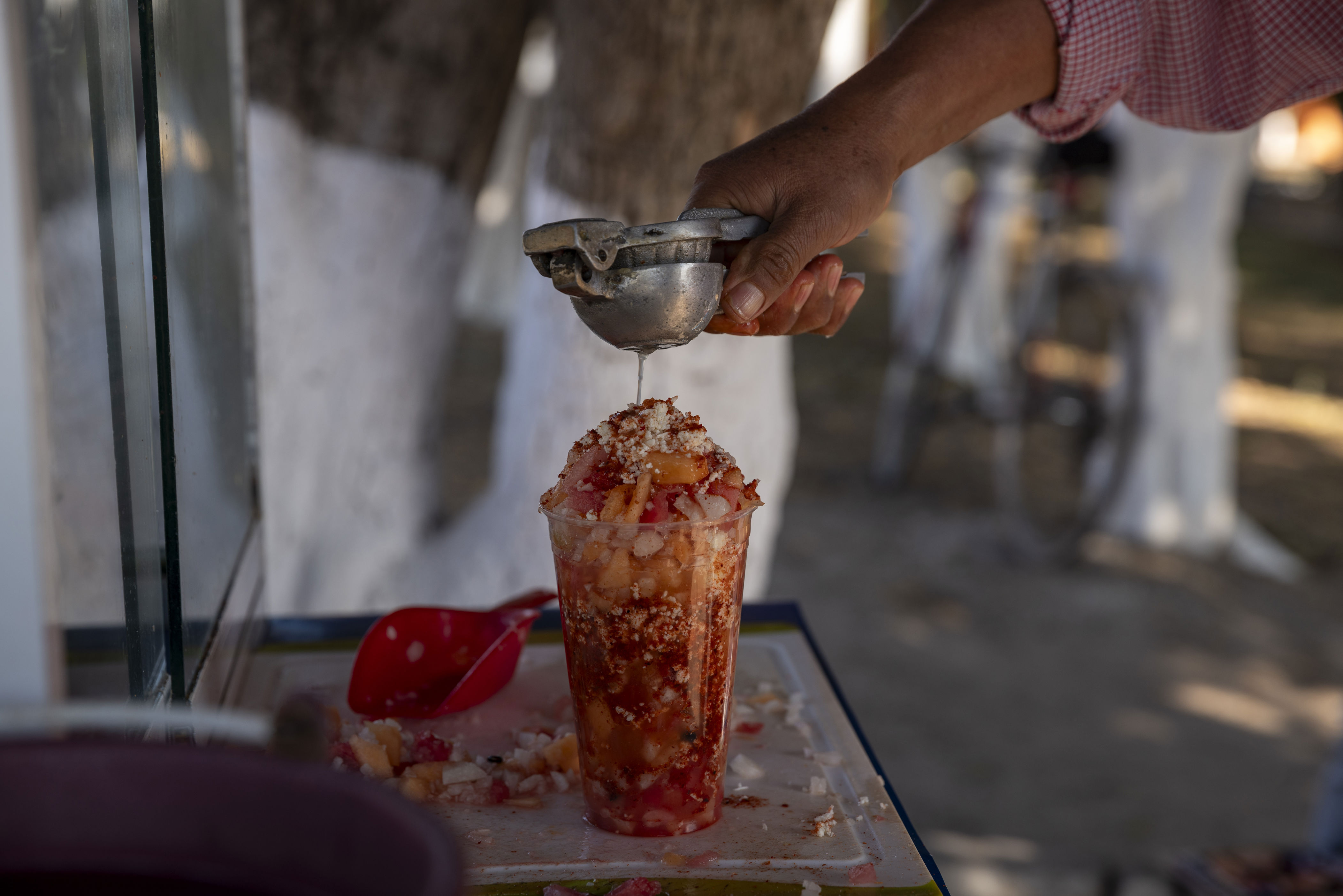
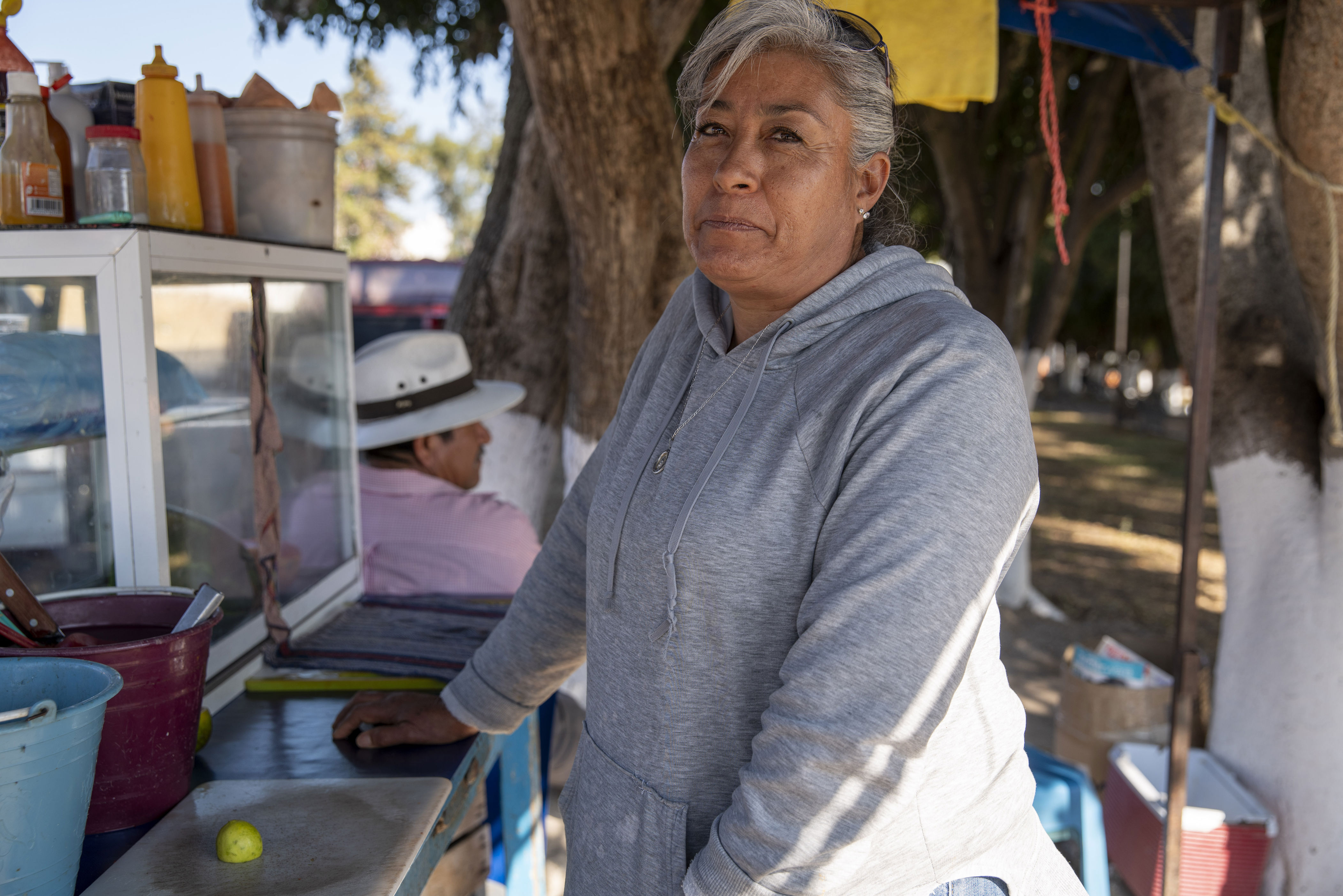
Alegria's siblings haven't lived at home in over three decades, but they've consistently sent financial support to their single mother, a woman raising four children on her own. This help has covered the cost of numerous necessities, including the construction of the home's cinder-block foundation and her elderly father's surgery to amputate one of his legs.
“If we can't turn to them,” she said, "life here can be extremely harsh and unforgiving."
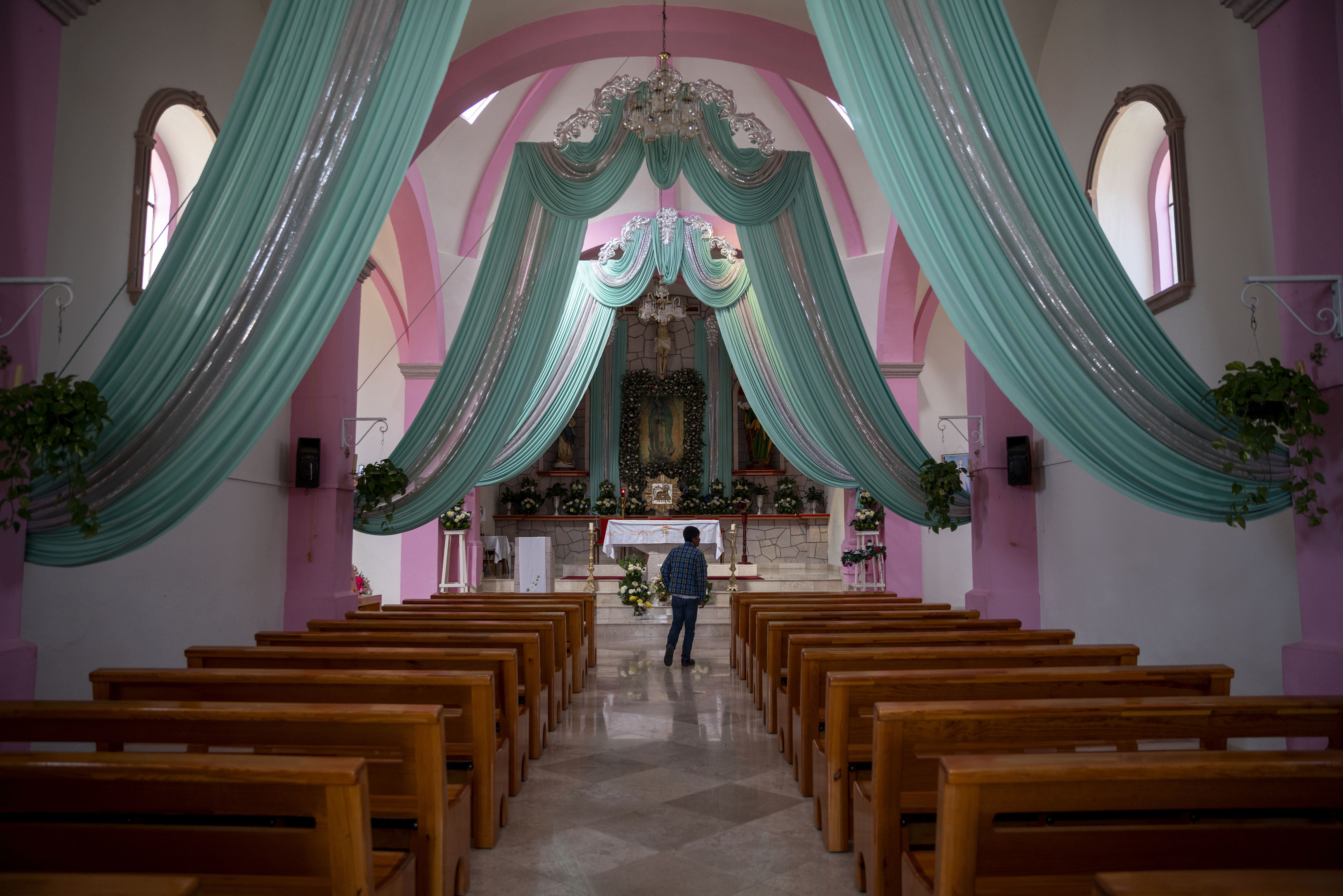
Mexico is now ranked as the planet's second-largest recipient of money sent home by foreign workers, primarily in the United States.
On a day in November, marking yet another historic year for remittances.
Sixty-two-year-old Luis Chávez exemplifies the significant impact migration has had on social mobility. Born in a rural area, he grew up in a modest two-bedroom adobe house in Francisco Villa, where he and his five siblings shared a bed due to the family's limited space, as evidenced by the leaky roof. Chávez was forced to rely on his own efforts to earn a higher education, completing his studies in the city of Morelia, the state capital. However, it became apparent that a more promising path to success lay across the border, where he moved at the age of 26 and took up work as a farmhand picking blackberries and strawberries in California.
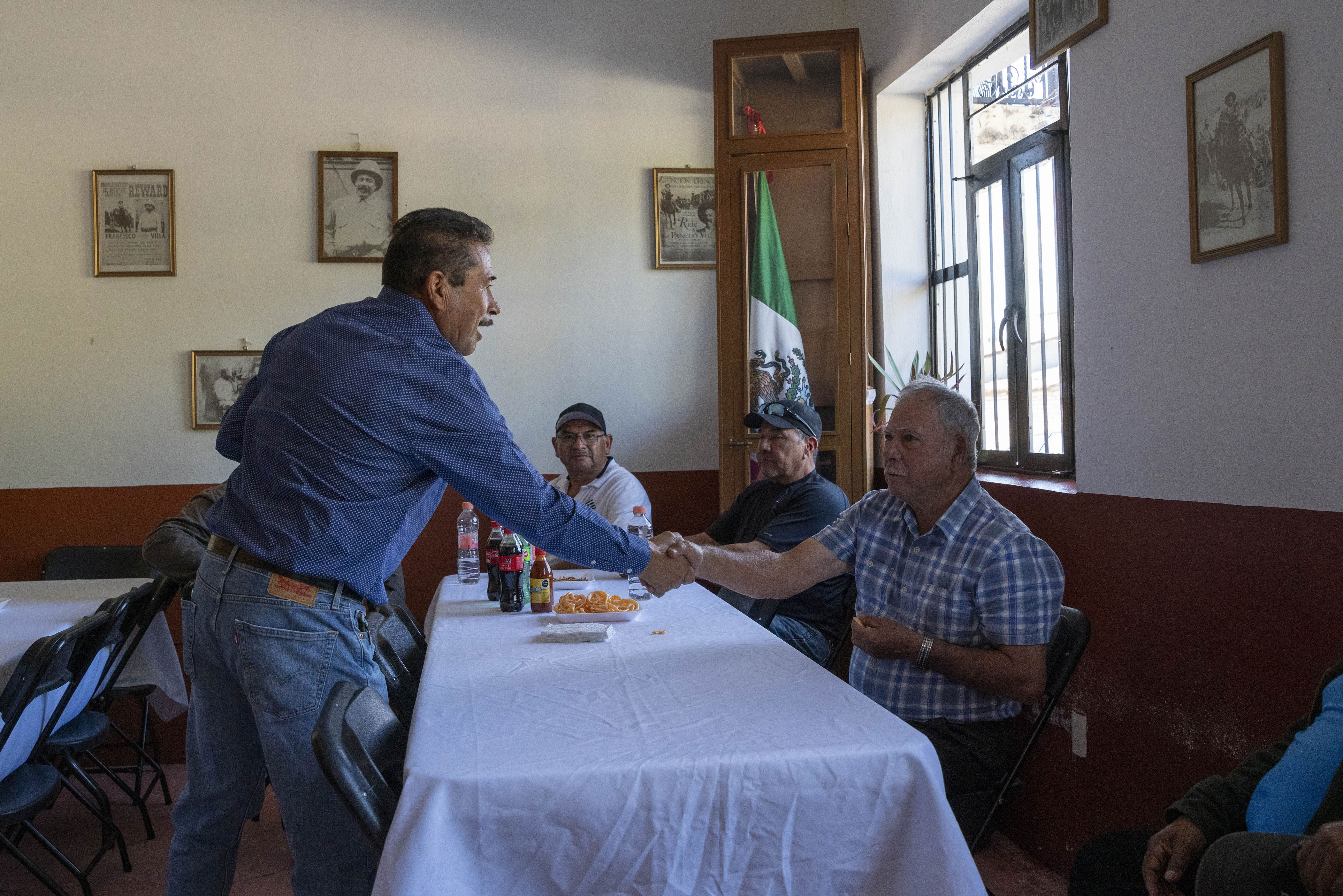
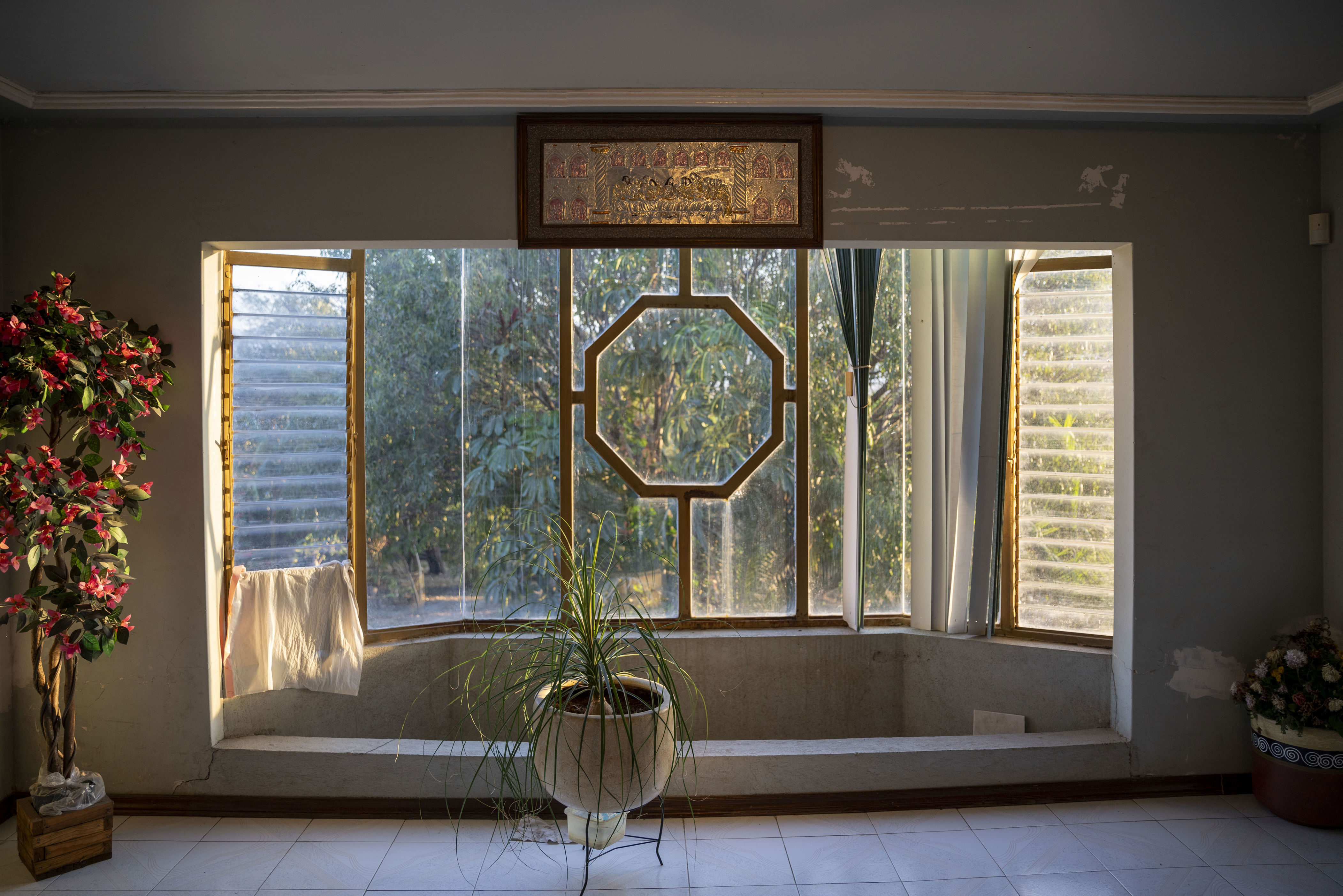
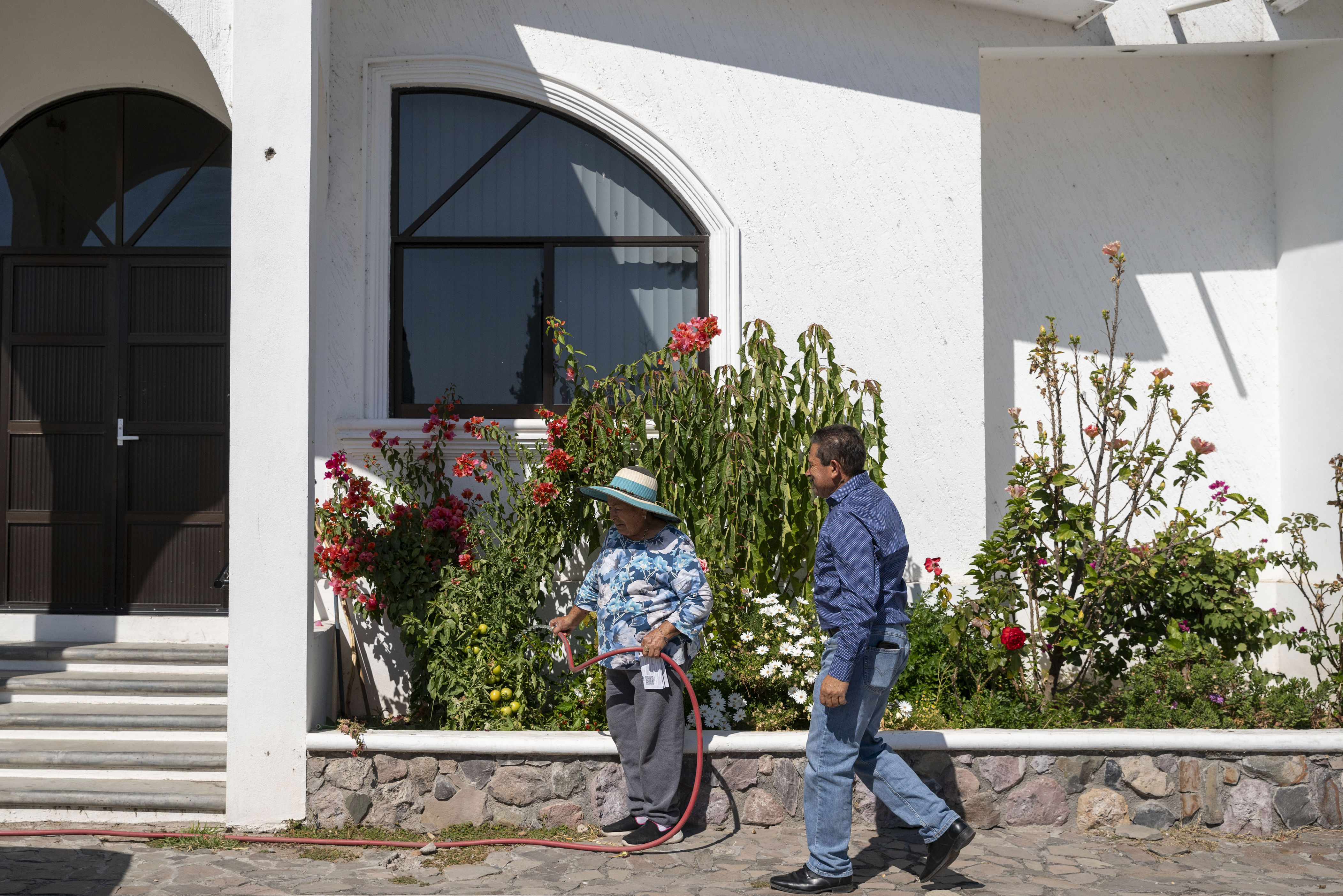
Today, he's a U.S. citizen running a landscaping business in the Chicago suburbs, employing 14 staff members, including his three sons who were born here. Upon returning to Francisco Villa, he finds solace in his home, boasting eight spacious bedrooms, a majestic spiral staircase, and a cozy fireplace, where a framed picture of the Virgin of Guadalupe beautifully complements the décor.
Workers like Chávez haven't just built their own homes, but have come together as a community to support their neighbors. They've collected donations to apply for matching grants from the Mexican government. As we walk through town, Chávez points out the high school that opened in 2008, supported by contributions from migrants in the United States. Enrollment has jumped from 42 students to 246, and the school has relocated to a spacious new building, donated by the migrant community. Their remittances have also helped fund the construction of the church hall, rectory, and a cobblestone patio leading to Mass, with a welcome mat outside that says "Welcome" in English.
"This is all due to the funds coming from the other side of things," he said.
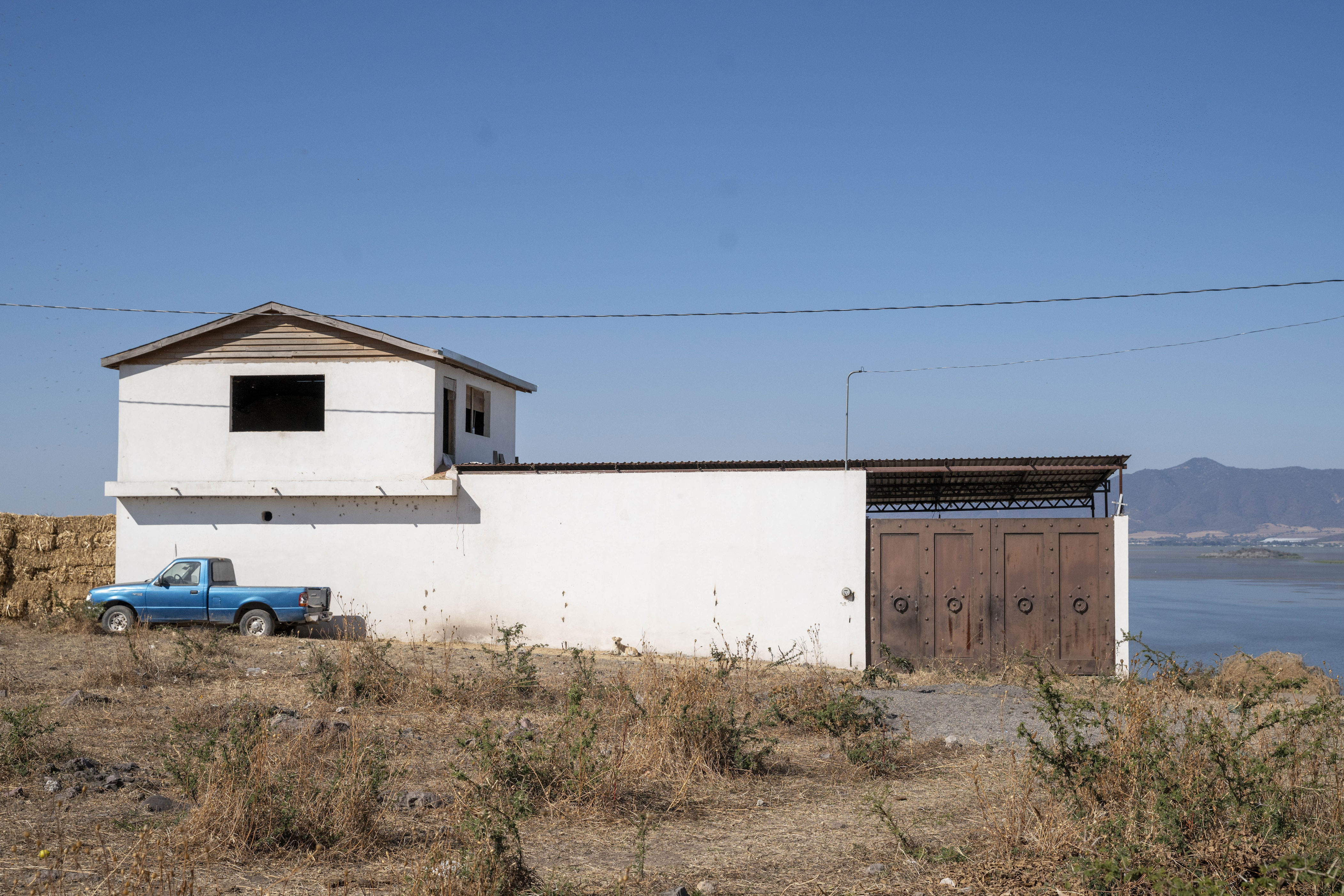
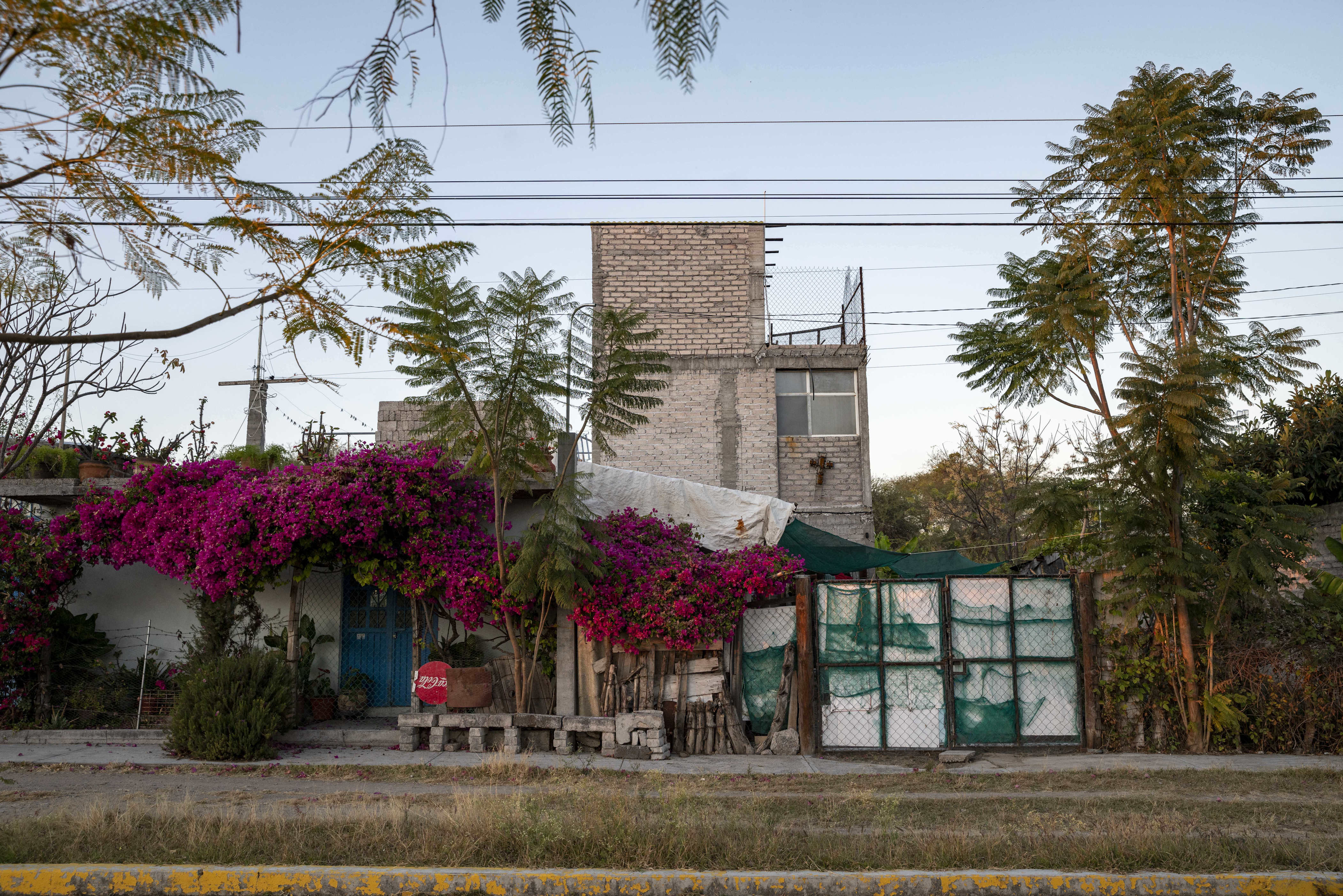
The United States also received more than from tourism or oil exports in 2023. Mexicans now send the second-largest amount of remittances globally, surpassed only by India, in AN OFFICIAL IS THE 2ND RECEPIENT WORLDWIDE.
Mexico's forecast for national income in 2023, according to the Inter-American Development Bank, differs from that of a major manufacturing country. As stated by Manuel Orozco, director of the migration and remittances program at the Inter-American Dialogue, "they don't have an alternative economic growth strategy."
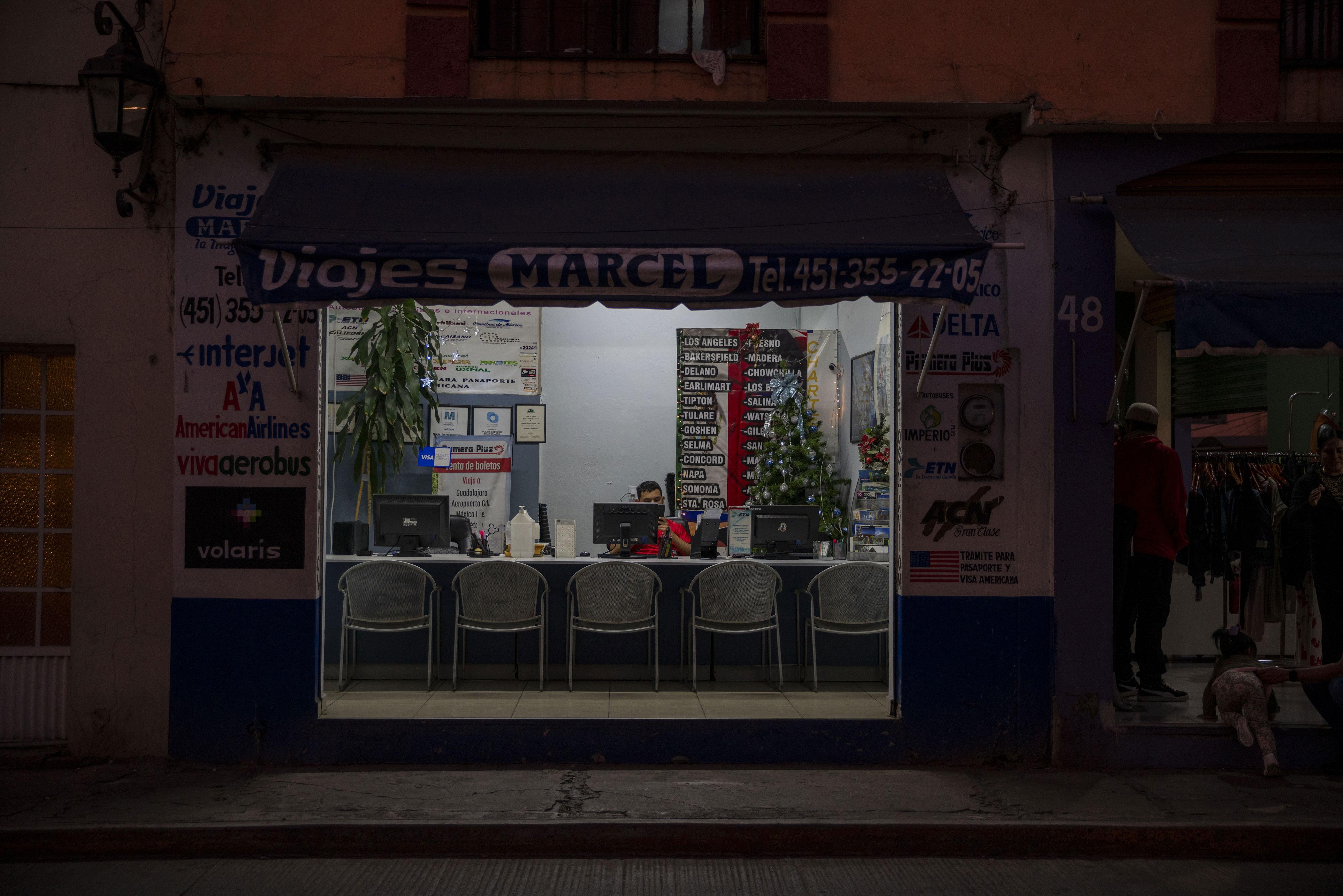
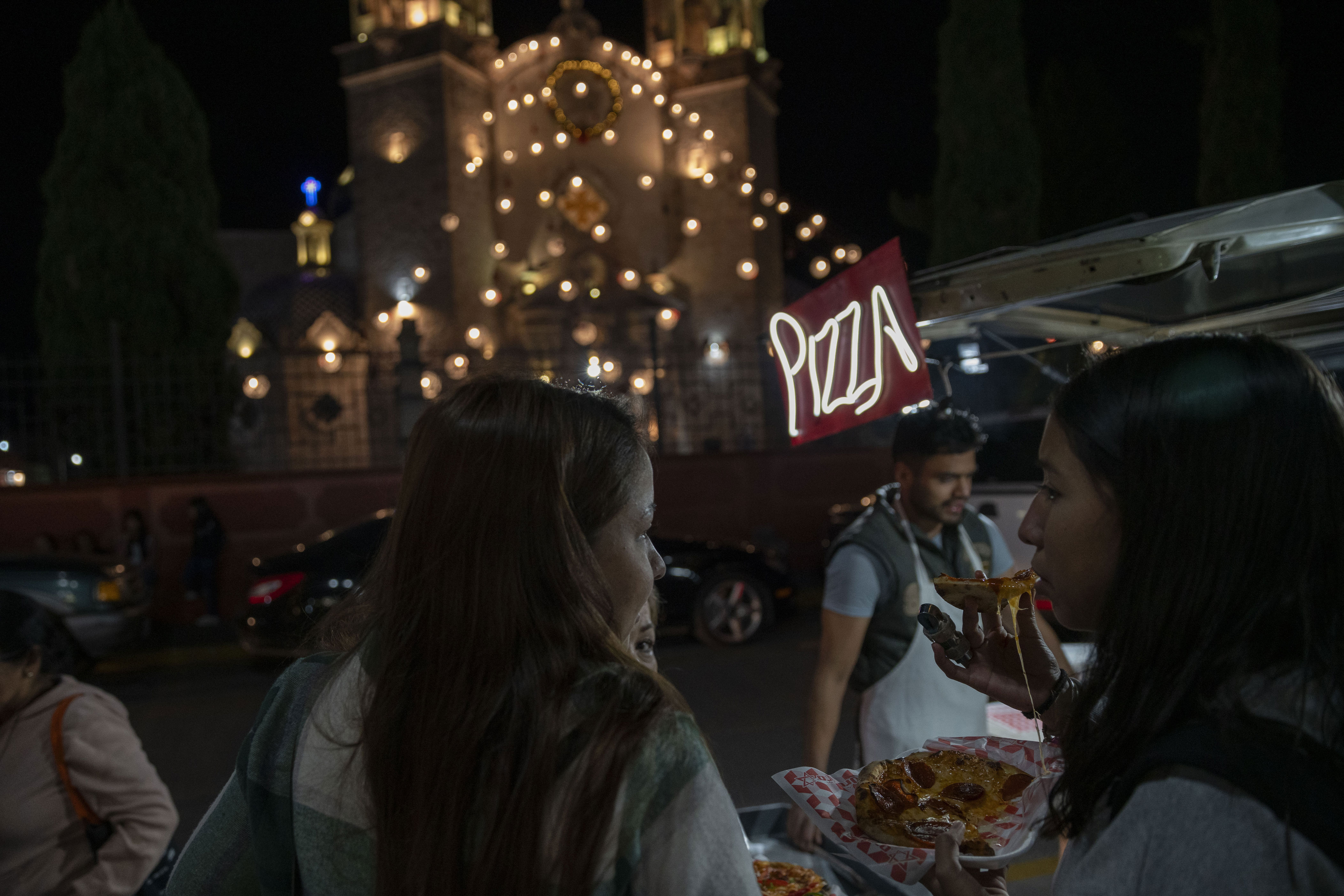
Mexico's government officials are finding some relief with a leader who seems to be less aggressive than his predecessor, Barack Obama.
"We're hoping it's just a lot of empty words coming from Donald Trump," said Andrea López Contreras, the Michoacán state secretary of migration.
Initially, there is a scarcity of detention facilities and immigration enforcement personnel. In countries such as Venezuela and Nicaragua, it's commonplace for them to decline taking back their own citizens.

President Trump says he won't allow immigration to stay in the US just because they have children who are U.S. citizens.
The incoming administration confirmed last month to The Washington Post that parents in the country illegally with U.S.-born children would not be granted an exemption.
The problem is, you were aware you were in the country unlawfully and chose to bring a child into the world. That decision put your family in a difficult situation as a result.
In Francisco Villa, Laura Alegria is concerned about her sister's eldest daughter, an American citizen, who has an intellectual disability. Who would care for her if her undocumented migrant mother is deported back to their village in Mexico?
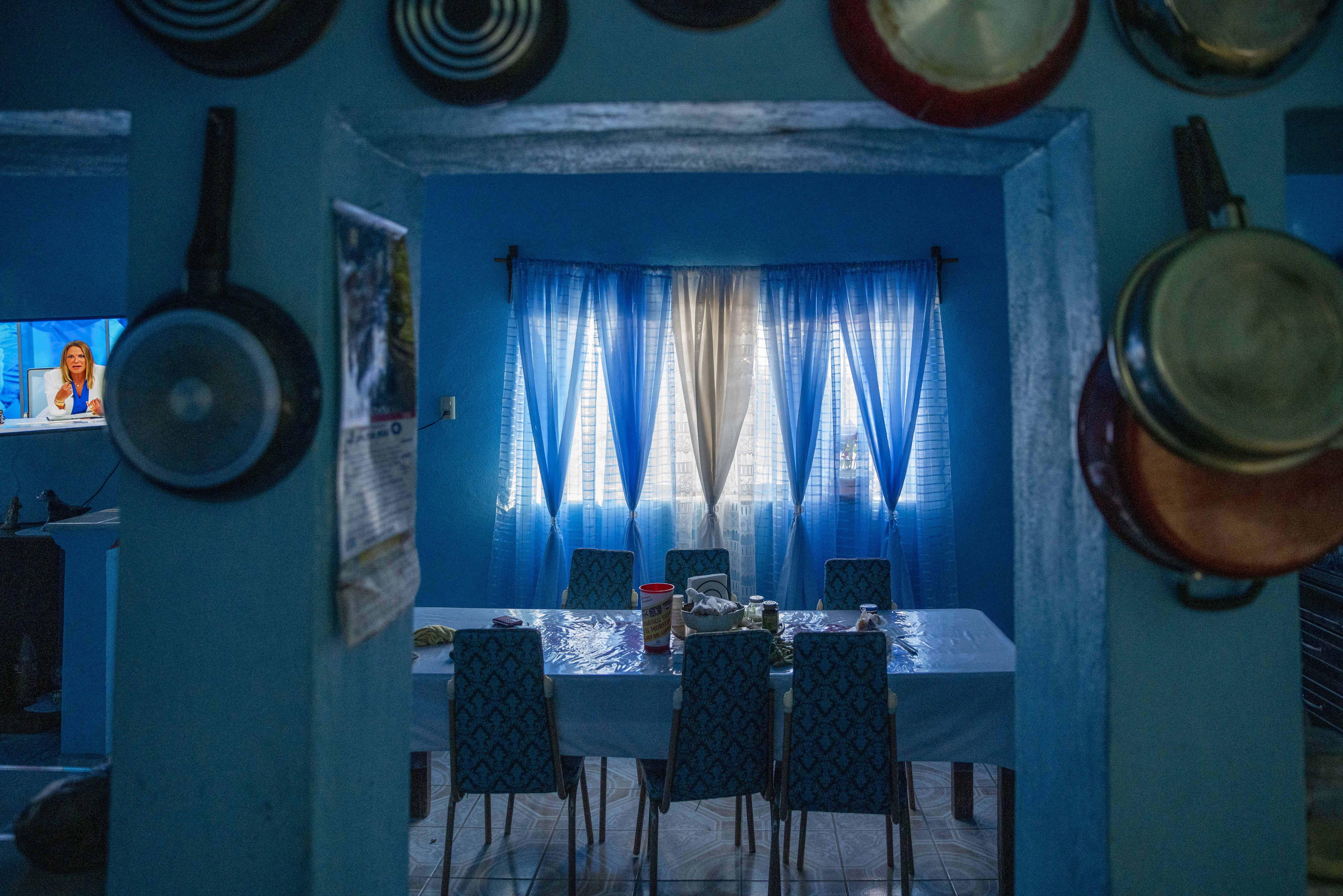
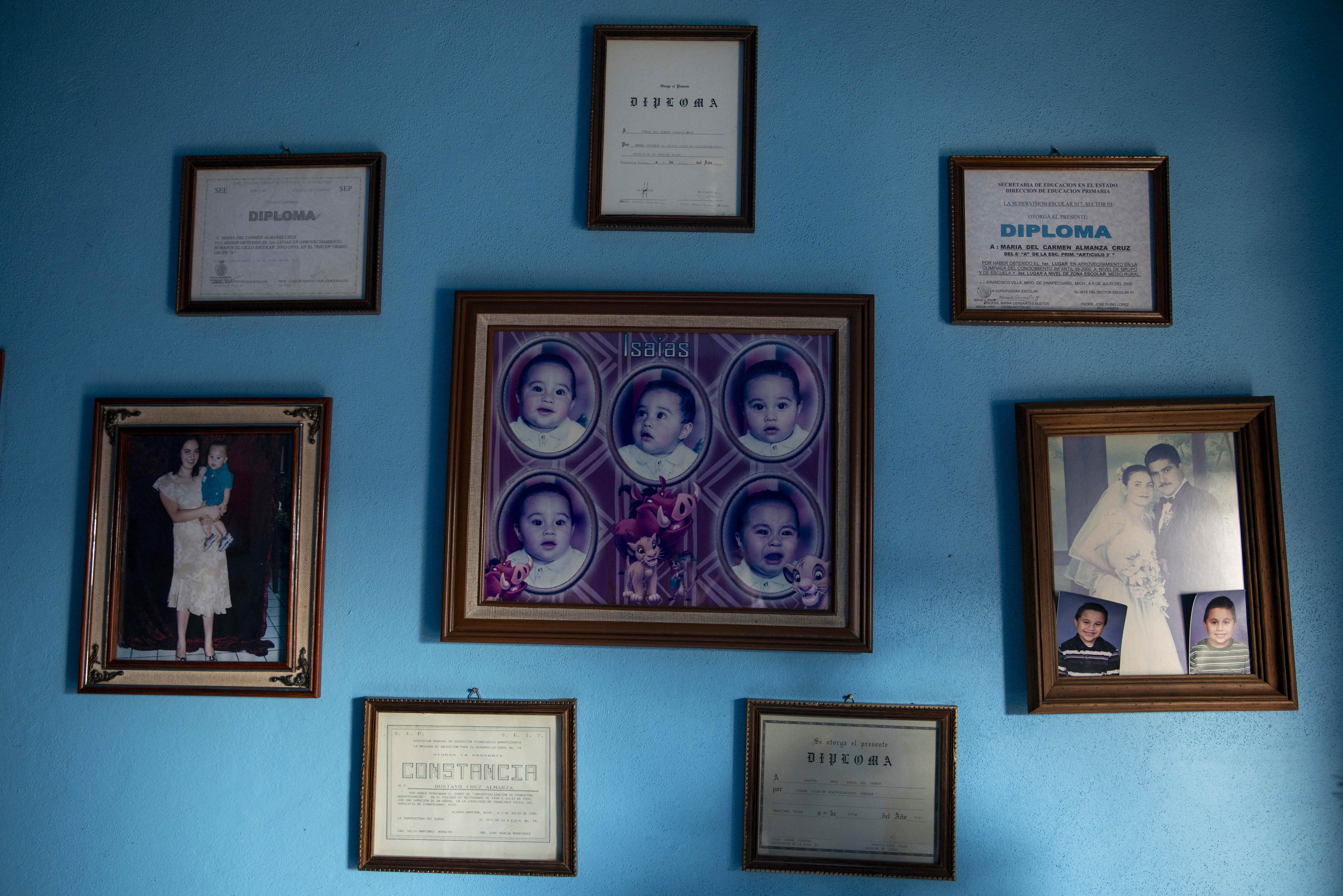
Gustavo Almanza, 78, is worried about his grandson's future. The grandson recently came to the US when he was just a baby 19 years ago. Almanza asked, "What will happen to him if he gets deported? He's never even been back to Mexico."
After a long period of migration to the U.S. without proper authorization, young people in Mexico now have other legitimate ways to come here. One example is working as seasonal laborers through US visa programs. For the past nine months, Ramon Vera, 36, who lives in Francisco Villa, has been working as a gardener in the Chicago area.
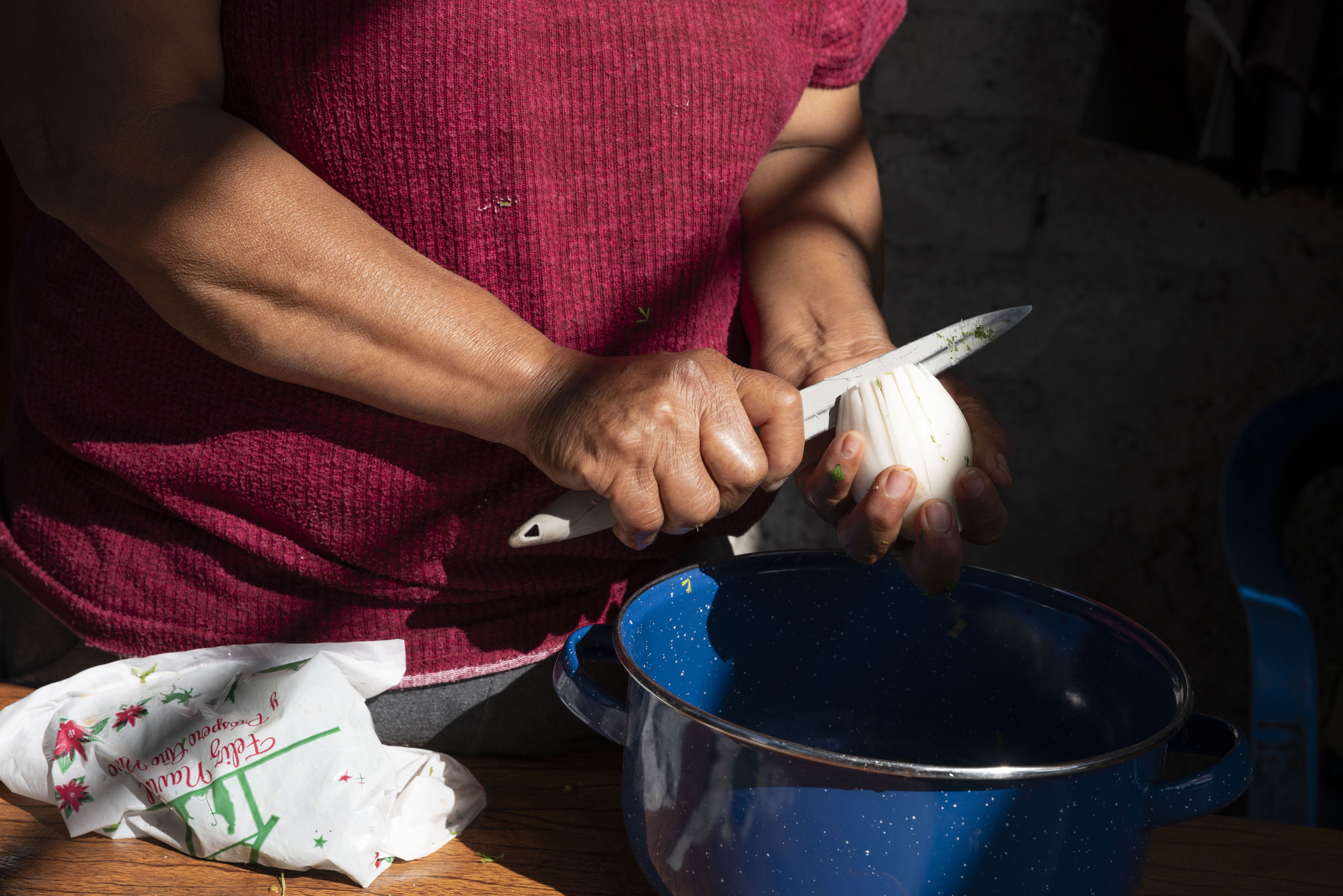
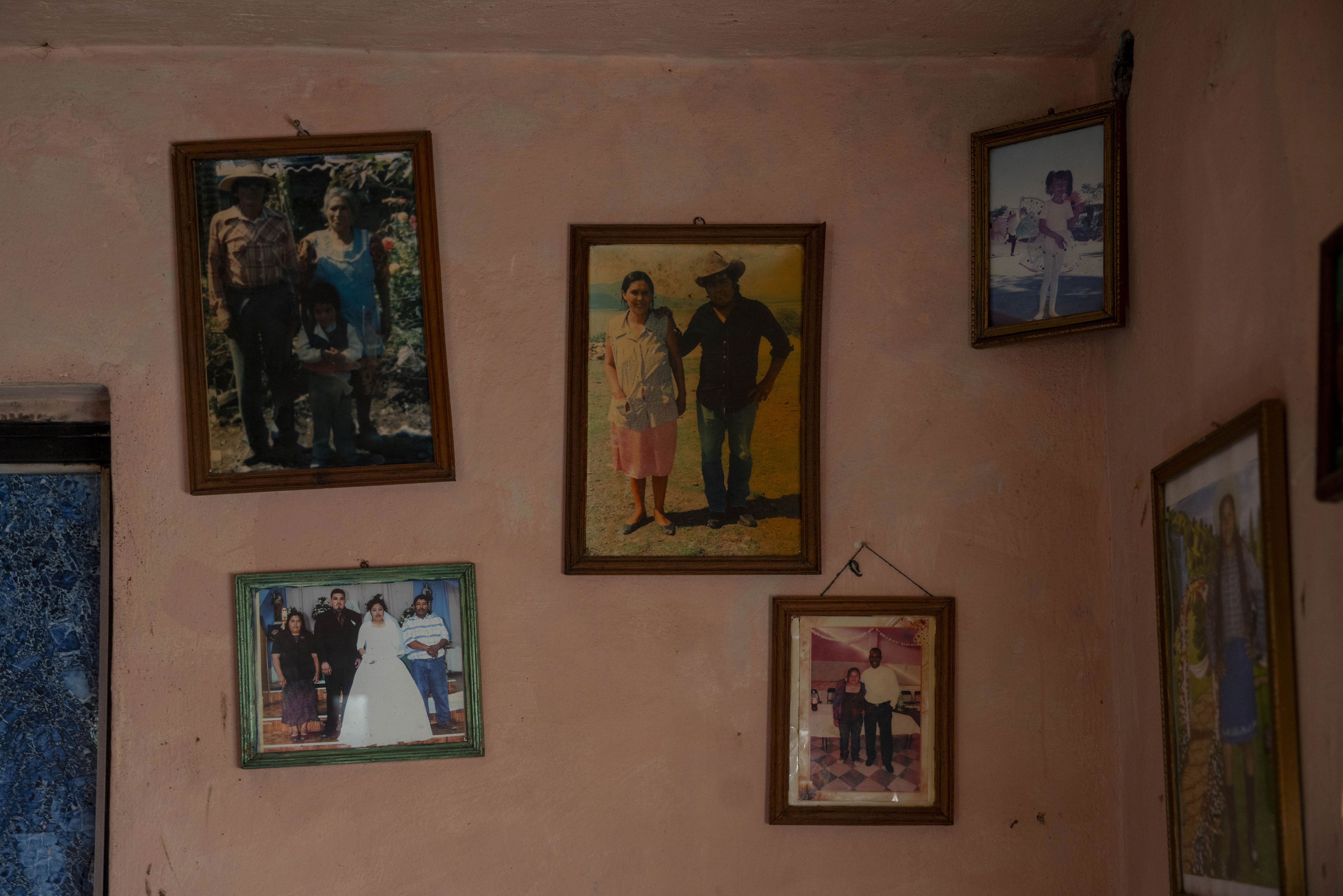
Thanks to his earnings, he's able to make improvements to his house, purchase an old car, and help make his 17-year-old daughter's dream of attending college a reality. "Now I have the means to help her," he stated.
Donald Trump has not yet announced any cuts to the H-2 visa program. However, the people in Francisco Villa are unsure about what will happen after January 20th.
There’s a lot of uncertainty in the air. Nobody knows for sure what this new president will be like.
Contributions to this report came from Dalia Martinez in Morelia and Valentina Muñoz Castillo in Mexico City.
Post a Comment for "This town was built on migrants’ cash. Now it fears Trump’s deportations."